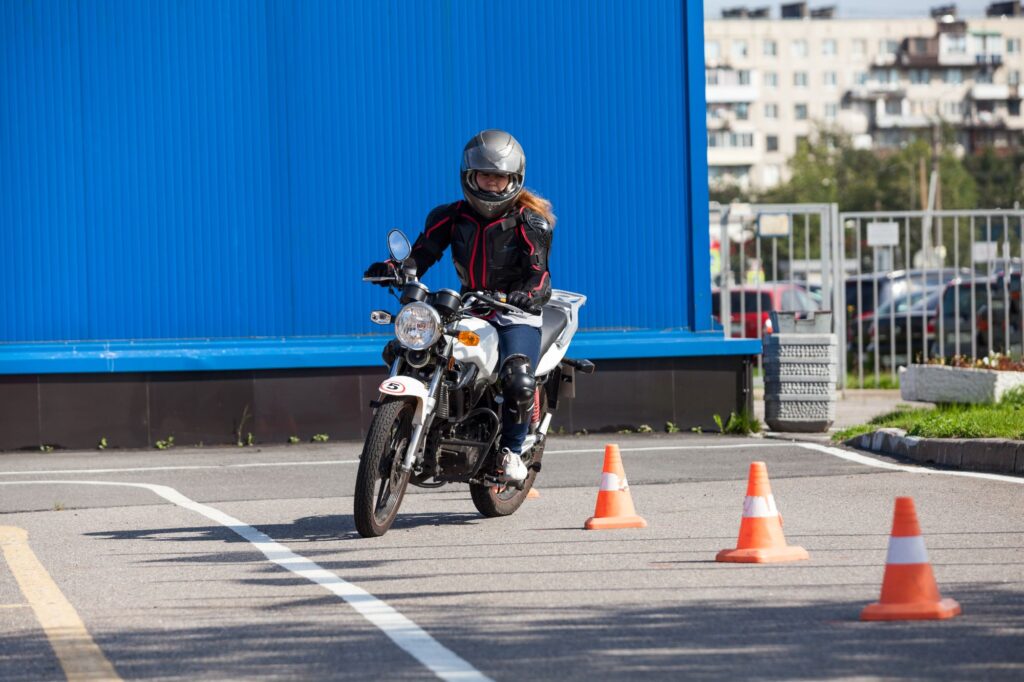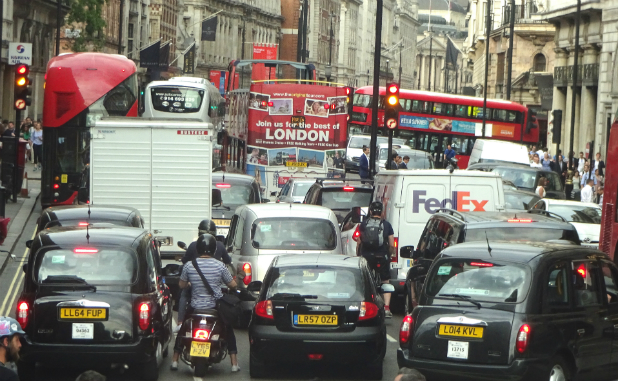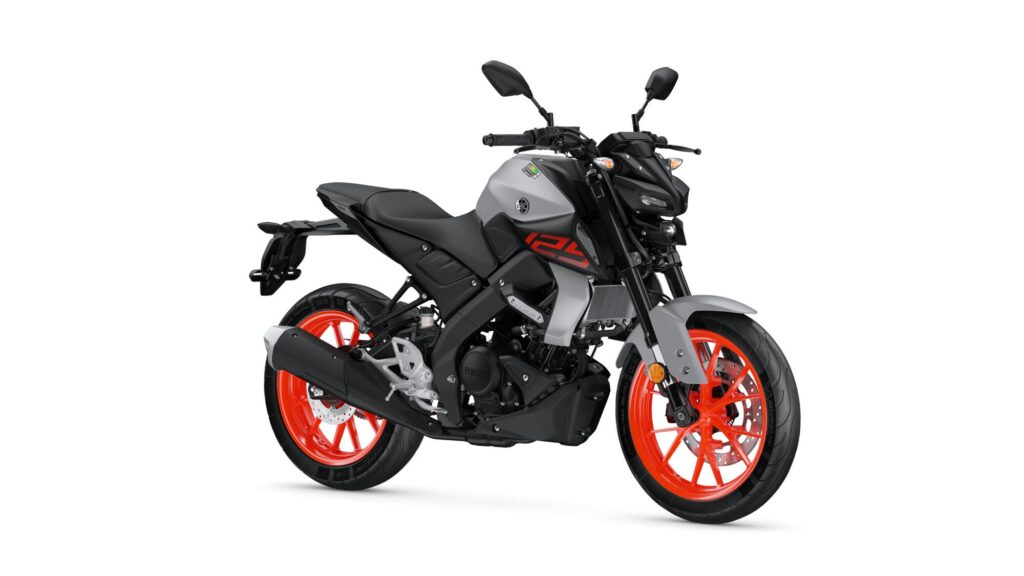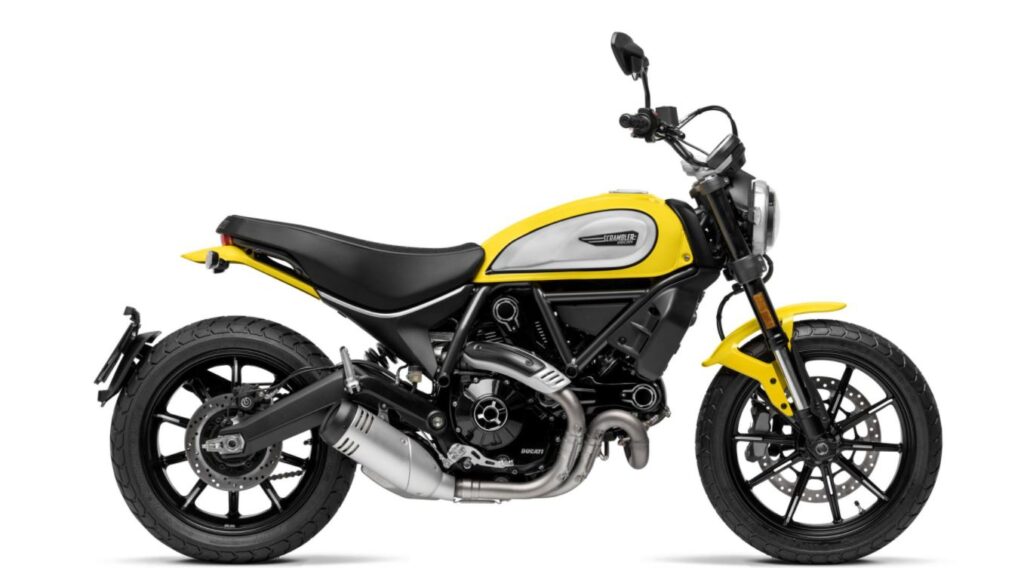When the government scrapped the requirement for pre-1960 classic motorbikes (and cars) to undergo an MoT test, owners were left with a dilemma – to test or not to test.
Roads minister Mike Penning said at the time that “owners of classic cars and bikes tend to be enthusiasts who maintain their vehicles well – they don’t need to be told to look after them”.
That’s certainly true up to a point, but not everyone who buys a vintage motorcycle knows the ins and outs of keeping it roadworthy.
Robert Balls, of specialist classic motorcycle insurance broker Bikesure, said the new law does not change the requirement for all vehicles to be in a roadworthy condition and meet the legal requirements regarding lights, tyres, brakes etc.
“Routine maintenance of pre-1960 motorbikes is arguably now more important than ever, because there’s no handy annual reminder from the MoT test,” he added.
“There’s no requirement from your insurance company to have your old bike tested but, as has always been the case, the bike must be in a roadworthy condition or your cover could be invalid.
“Most classic bike owners do lavish care and attention on their machines, which is one reason why insurance premiums are generally inexpensive.
“But unless you have the knowledge to maintain your bike yourself, it’s almost certainly worth paying a few pounds to have it tested anyway, just to make sure something important isn’t overlooked.”
10 tips to keep your classic motorcycle in roadsafe condition:
- Horn and lights: It sounds obvious, but you may not know your horn doesn’t work until you need to use it, so check it often and ensure it’s loud enough. Check that the headlight, rear light and brake light works, and that the headlight beam is adjusted to the correct height.
- Cables: Make sure you inspect the control cables carefully at the point of connection rather than just relying on a cursory glance at the outer casing (which is often in better condition than what’s inside). Also ensure none of the cables are loose and at risk of getting tangled up in some moving machinery.
- Brakes: Being able to stop is even more important than being able to go. Brake lines can be a real problem on old bikes, so regularly check and maintain them, as well as all the fittings. Brake fluid should be replaced every couple of months. Also check the brakes are working properly by applying and releasing them and ensuring the wheels rotate freely. Check for worn brake pads and that no fluid is leaking.
- Tyres, wheels and chain: Check tyre tread depth and tyre condition regularly, and that the front and rear wheels are in alignment. The wheels themselves should be checked for damage, including cracks and spoke damage. You can check for wear of the wheel bearings by trying to move the wheel about the axle – it shouldn’t. Lubricate and, if necessary, adjust the drive chain.
- Steering: Make sure the handlebars turn freely from lock to lock, and stop before they touch the petrol tank.
- Exhaust: Check the mounting is secure and the exhaust doesn’t leak gases when revved.
- Suspension: Don’t forget to regularly grease – and clean off old grease which can harbour dirt and grime – the swing arms and front forks.
There are plenty of things to check with the suspension, including:
- Check for oil leakage from the fork seals – there should be none.
- Check the rear suspension by bouncing the rear of the bike, and check for leakage from the rear shock absorber. At the front, sit on the bike, apply the front brake and pump the front forks up and down.
- Lifting the rear wheel, try to lift it up at its highest point. Any movement could be caused by worn bearings in the suspension linkage or swingarm pivot.
- Now with the front wheel off the ground, hold the forks at the bottom and try to push and pull on them – again there should be no movement.
- These measures alone don’t cover everything in a standard MoT test, but they will go some way to giving you peace of mind that your bike is in roadworthy condition. If in doubt, seek professional help.
Notes
Bikesure has a policy to suit almost every type of bike, from vintage and classics to modern superbikes.
See www.bikesure.co.uk for more information.
You May Also Like …
How old does a motorbike have to be to get classic insurance?





